| Name | Gill-Welsh Olive Tip Cannula |
| Lead Time | Lead time advised within 48 hours of order placement. |
| Competitor | ;OP0904805;OP0904-805;601180;60-1180;6011-80; |
| Specialty | Ophthalmology-Cannulas |
| Material Finish | Stainless Steel |
| Grade | Premium Operating Room |
| Units of Measurement | Each |
| Manufacturer | King Plus Surgical Industry |
| Sterility | Non-Sterile |
| Usage | Reusable |
Gill-Welsh Olive Tip Cannula
angled 45 degrees, 25-gauge Gills-Welsh Olive Tip Cannula is a commonly used tool in a variety of cataract procedures. The cannula is used to gently manipulate the lens tissue while aspirating remaining debris following phacoemulsification. The 45 degree angled shaft aids in visualization during the procedure.
SKU:
KPS-05-1046
Categories: Cannulas, OPHTHALMOLOGY
Description
Reviews (0)
Be the first to review “Gill-Welsh Olive Tip Cannula” Cancel reply
Shipping & Delivery
Related products
Healon Injection Cannula
flat tip, 21-gauge, overall length excluding hub 1-1/4" (3.0 cm) Gimbel Irrigating Cannula is a useful tool during cataract and IOL implantation procedures. The cannula may be used to perfuse fluid for easier manipulation of the IOL or easier access to debride nuclear fragments. The ultra-small gauge facilitates entrance into the lens capsule.
Bracken Anterior Chamber Cannula
curved, 19-gauge, overall length excluding hub 13/16" (2.1 cm) Bracken Anterior Chamber Cannula is a frequently used tool in cataract extraction procedures. The small gauge cannula is nimble enough to fit into a small limbal incision accessing the anterior chamber. It may be used to aspirate fluid within the anterior chamber exposing the lens capsule. The curved nature of the shaft assures minimal surgical obstruction.
Nucleus Hydrodissection Cannula
25 gauge, 7.0 mm angled shaft w/ flattened tip, overall length 21.0 mm (excluding hub)Nucleus Hydrodissection Cannula is a useful tool in cataract extraction procedures. The cannula can be used to manipulate and rotate the lens during a hydrodissection for easier extraction. The small gauge with flattened tip assures minimal trauma to the surrounding tissue.
McIntyre Lacrimal Probe Cannula
2" (5.0 cm), 23-gauge McIntyre Lacrimal Probe Cannula is an extremely useful tool in treating tear duct obstructions. The probe may be used to investigate blockage of lacrimal gland damage or more frequently, obstruction of the nasolacrimal duct. The slender profile of the cannula allows access to the small entrances of the duct. Both straight and curved models are available depending on surgical preference.
Kelman Dipstick
Bishop Harmon Anterior Chamber Irrigator
Bishop Harmon Anterior Chamber Irrigator is a frequently used tool in cataract IOL implantation procedures. Following nucleus fragmentation, the irrigator may be used to aspirate any remaining debris from the anterior chamber. The complete set features and adaptor, irrigating cannula, and silicone bulb.
Atkinson Retrobulbar Needle
sharp rounded point, 25-gaugeAtkinson Retrobulbar Needle is a commonly used tool in preoperative treatment of ophthalmologic procedures. The needle may be used to perforate the orbital septum in administering an anesthetic or alcohol. Two different gauges are available with the needle depending on surgical preference.

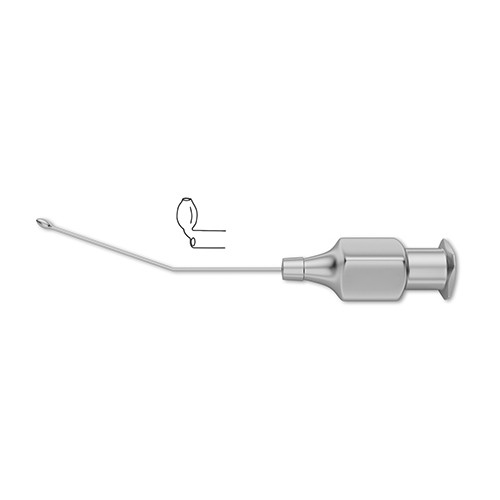
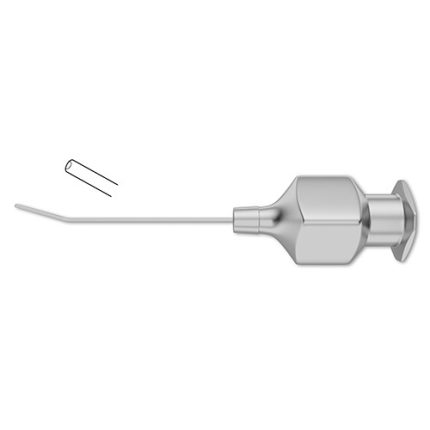
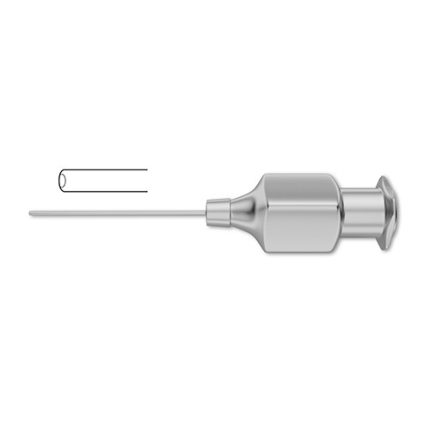
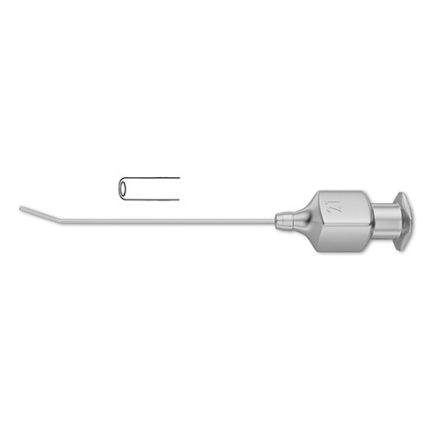
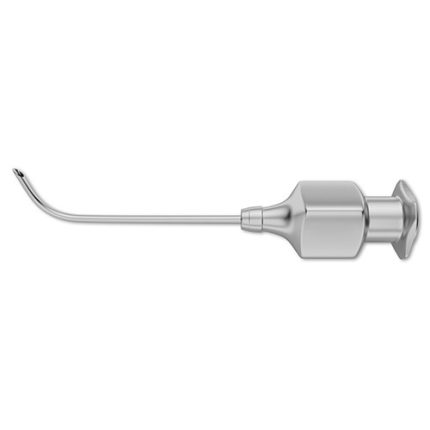
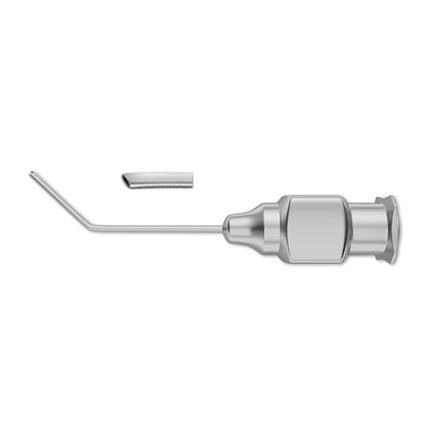
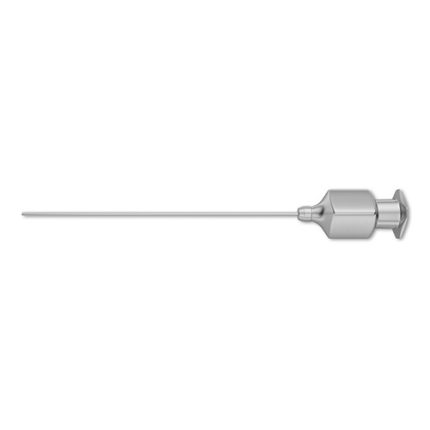



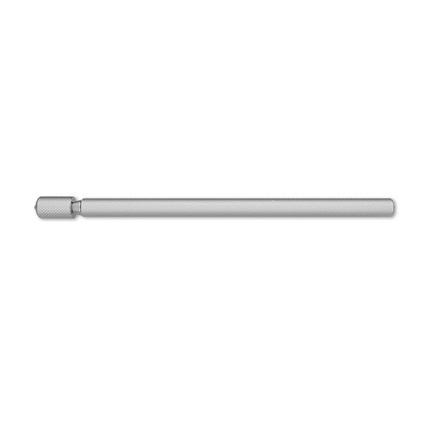
Reviews
There are no reviews yet.